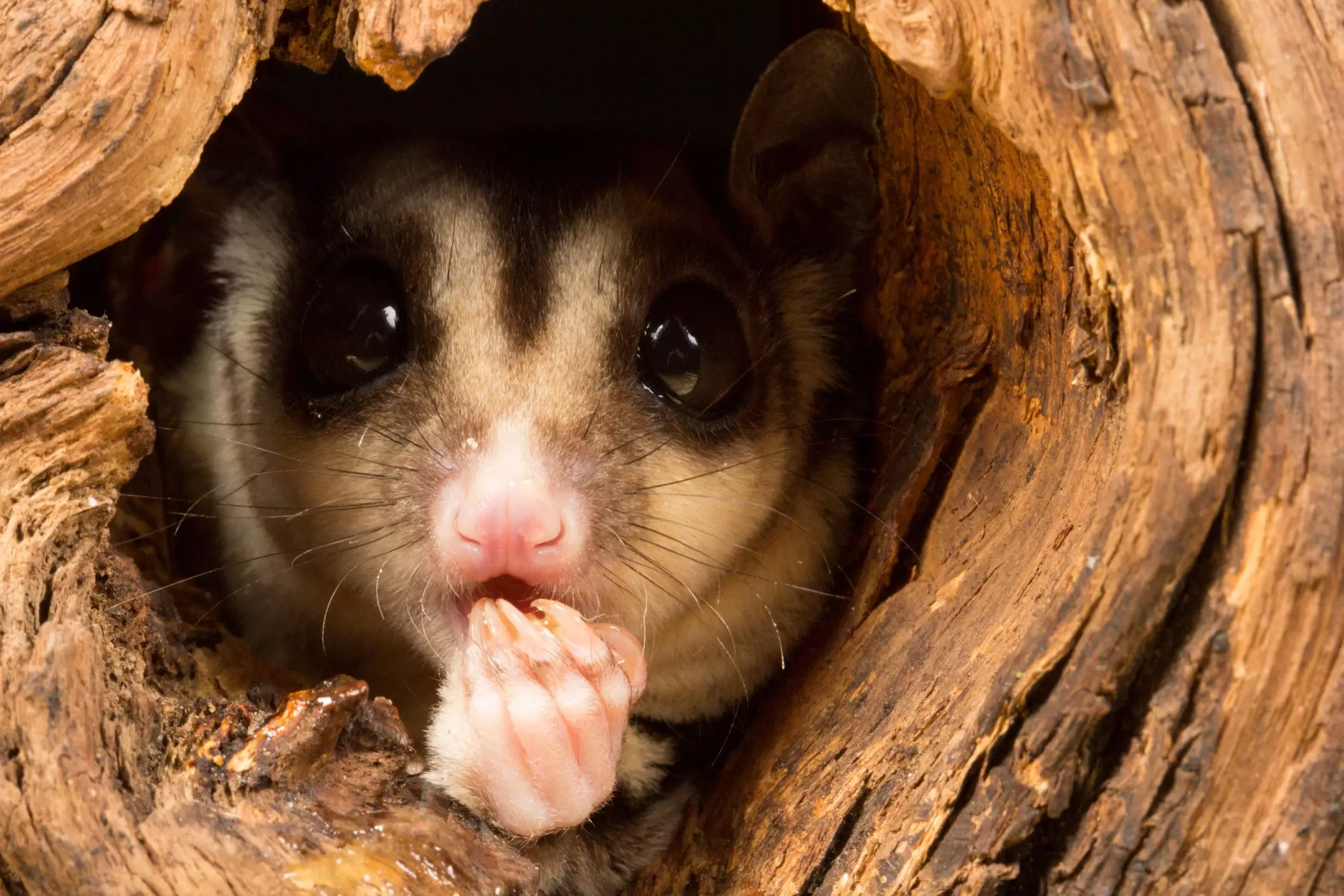Self-mutilation is a distressing behavior exhibited not only in pets like sugar gliders but also in birds, cats, and dogs, and even among humans. While the underlying causes can vary across species, in sugar gliders, a clearer picture emerges, pointing predominantly towards stress and discomfort as driving factors behind this anguishing behavior. Identifying the signs early can be crucial in preventing more severe physical and emotional consequences for these tiny creatures.
Normal sugar gliders engage in regular grooming but excessive or compulsive grooming can escalate into self-mutilation. Pet owners should be vigilant. Signs like bald patches, tufts of fur left scattered in the enclosure, and the alarming habit of chewing on their own body parts, including their tails or paws, are critical indicators of distress. In severe cases, this behavior can lead to the presence of blood on cage bars or on the pet itself, marking physical manifestations of their emotional turmoil. Male sugar gliders may even expose injuries on their genitalia, adding another troubling layer to the condition.
The Root Causes: Stress and Pain
Stress manifests in many forms for sugar gliders, akin to stressors that affect humans. Day-to-day pressures can come from numerous sources: cramped living conditions, territorial disputes among alpha males, environmental noise, and even predatory threats such as dogs or cats. Just as people often turn to activities like meditation or hobbies to cope with stress, sugar gliders exhibit self-mutilation as a misguided coping mechanism. When subjected to overwhelming emotional hardship or pain, they may turn to their own bodies in an attempt to regain a sense of control or express their distress.
Sugar gliders are inherently social creatures that thrive in colonies. In the wild, they enjoy a close-knit community, living amongst their kin and maintaining social bonds. However, the complexities of captivity can disrupt this natural order. When housed together inappropriately, conflicts can arise. Lack of space or heralding from incompatible backgrounds may lead to aggression and further induce stress. Understanding the social dynamics among gliders is essential for their well-being, and as caretakers, providing suitable companionship can mitigate the anxiety that leads to destructive behaviors.
Self-mutilation isn’t merely a behavioral concern; it poses serious health risks. Sugar gliders that injure themselves require veterinary attention to cover the wounds, prevent infection, and manage pain. Treatments may involve antibiotics, pain relievers, and, in some instances, the necessity for surgical intervention such as amputations. Protective measures, such as Elizabethan collars, could help prevent further injury while the underlying issues are addressed. Owners should definitely prioritize daily inspection of their pets to uncover any signs of self-inflicted harm.
To effectively stem the tide of self-mutilation, owners must tackle the root causes of stress. This could mean providing a larger living environment, reallocating space away from potential predators, or even separating gliders that display aggressive tendencies. Behavioral enrichment is also crucial; incorporating new toys and playful activities can redirect their focus and energy. For some gliders, introducing a companion may mitigate loneliness and emotional distress, fostering happier and healthier living conditions.
Captive care of sugar gliders involves understanding their social needs and emotional well-being. The responsibility of identifying and resolving the sources of stress falls heavily on their caregivers. With focused attention to their behavioral patterns, diligent care, and proactive strategies, pet owners can nurture a safe haven for their cherished sugar gliders. Prevention of self-mutilation hinges upon recognizing early signs of distress and fostering a compassionate, stimulating environment that honors their natural instincts and promotes overall well-being. Through a balanced approach committed to mental and physical health, sugar gliders can live fulfilling lives free from the shadows of self-inflicted harm.

